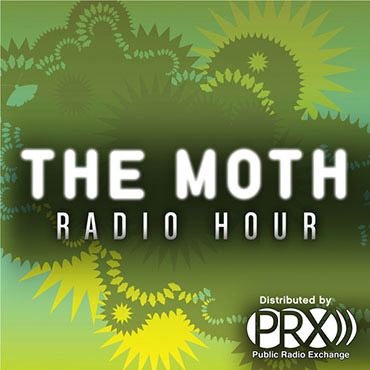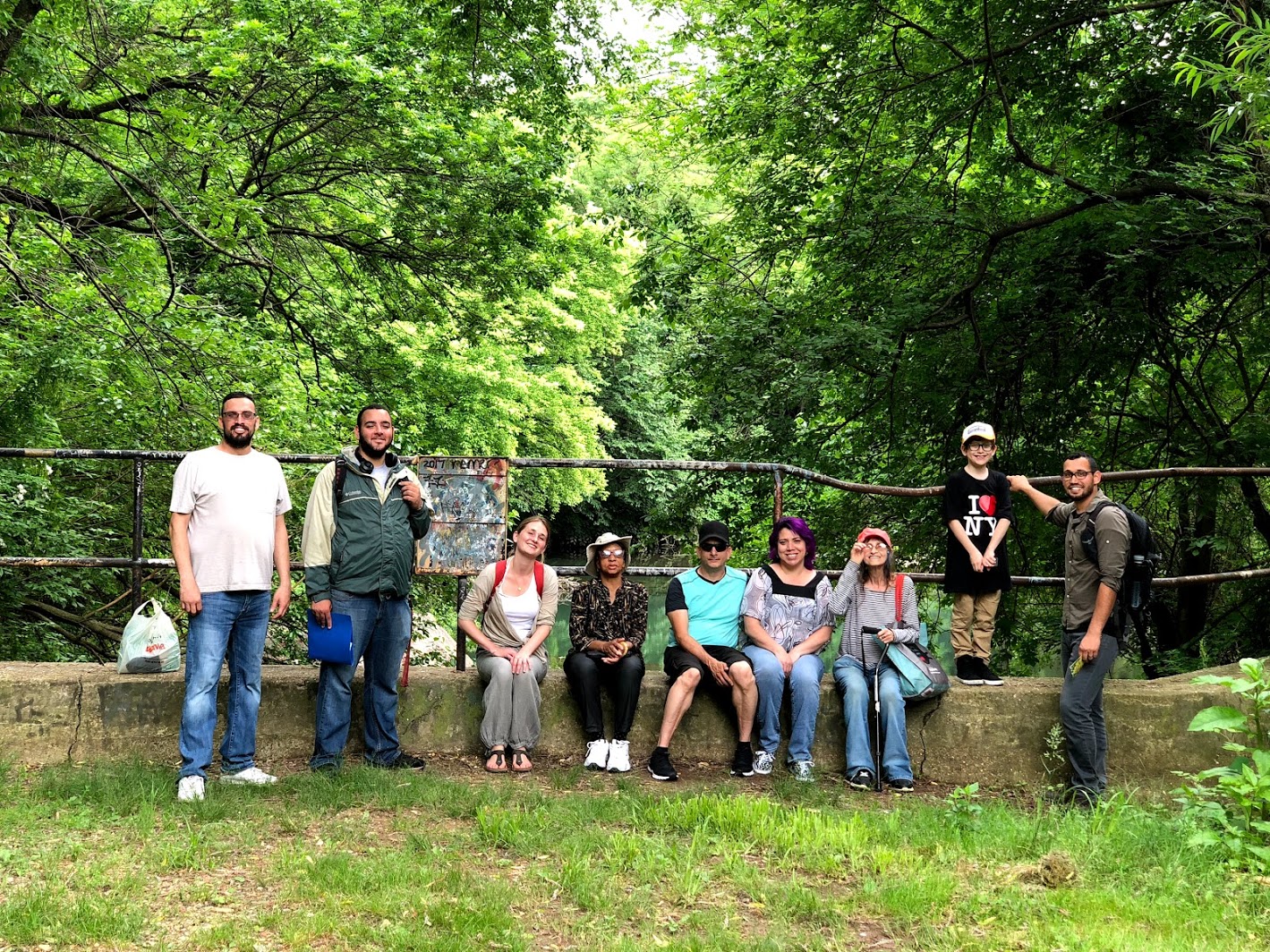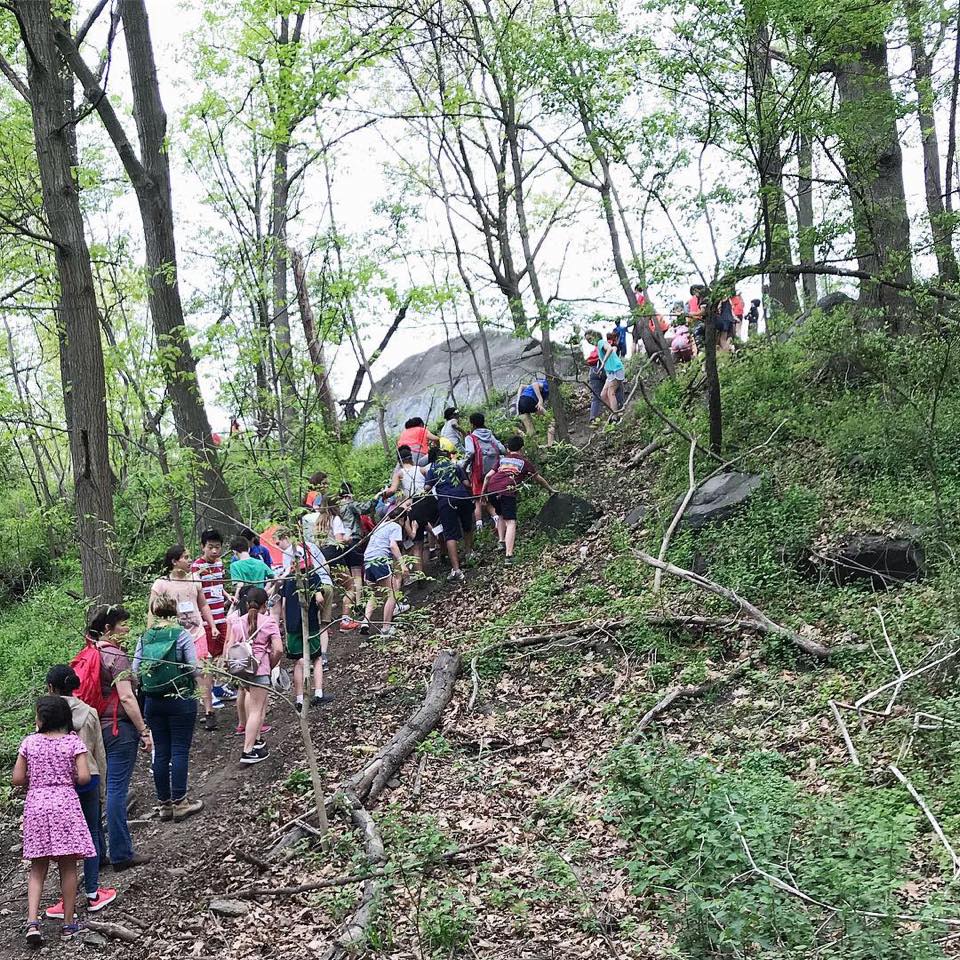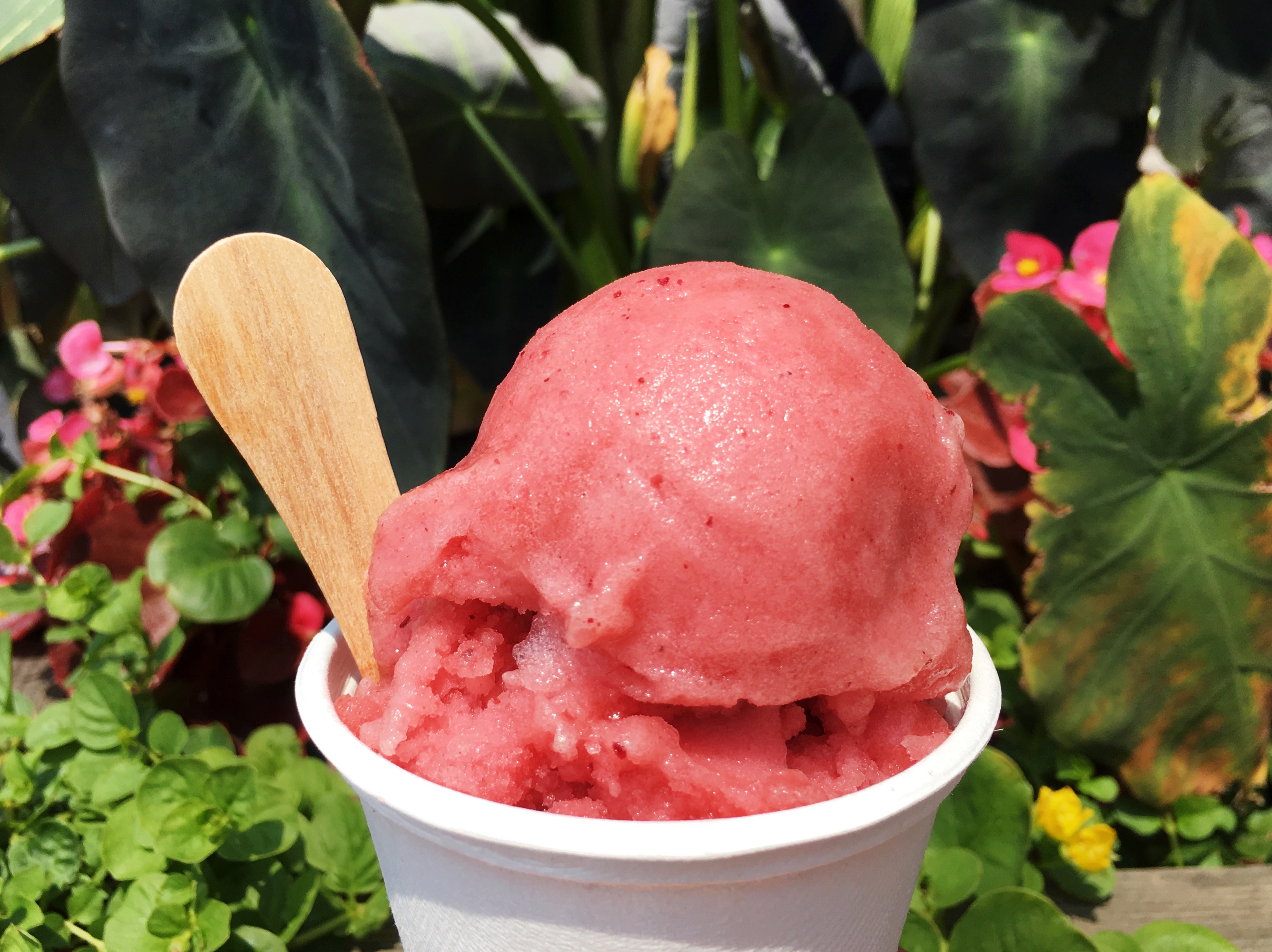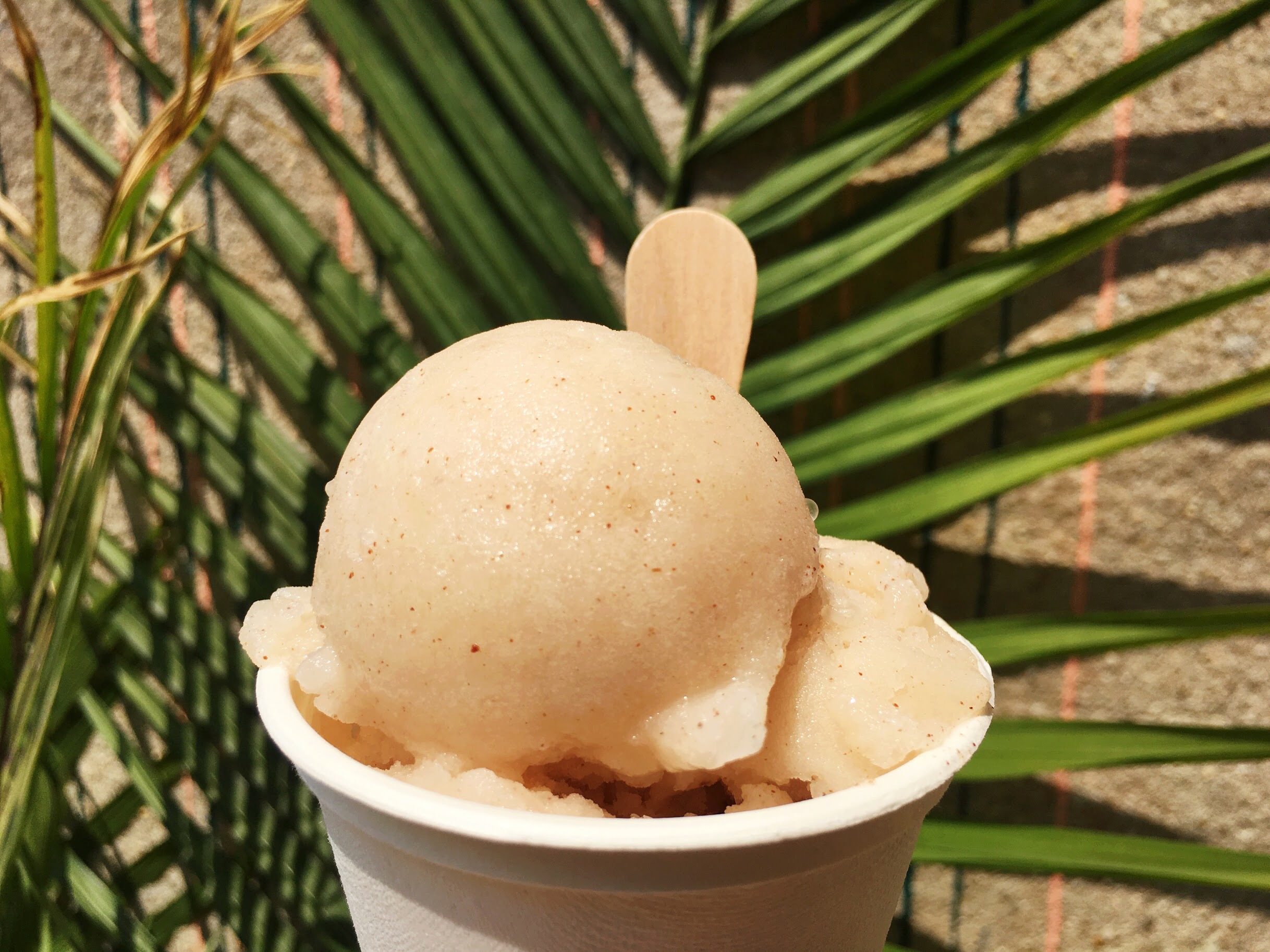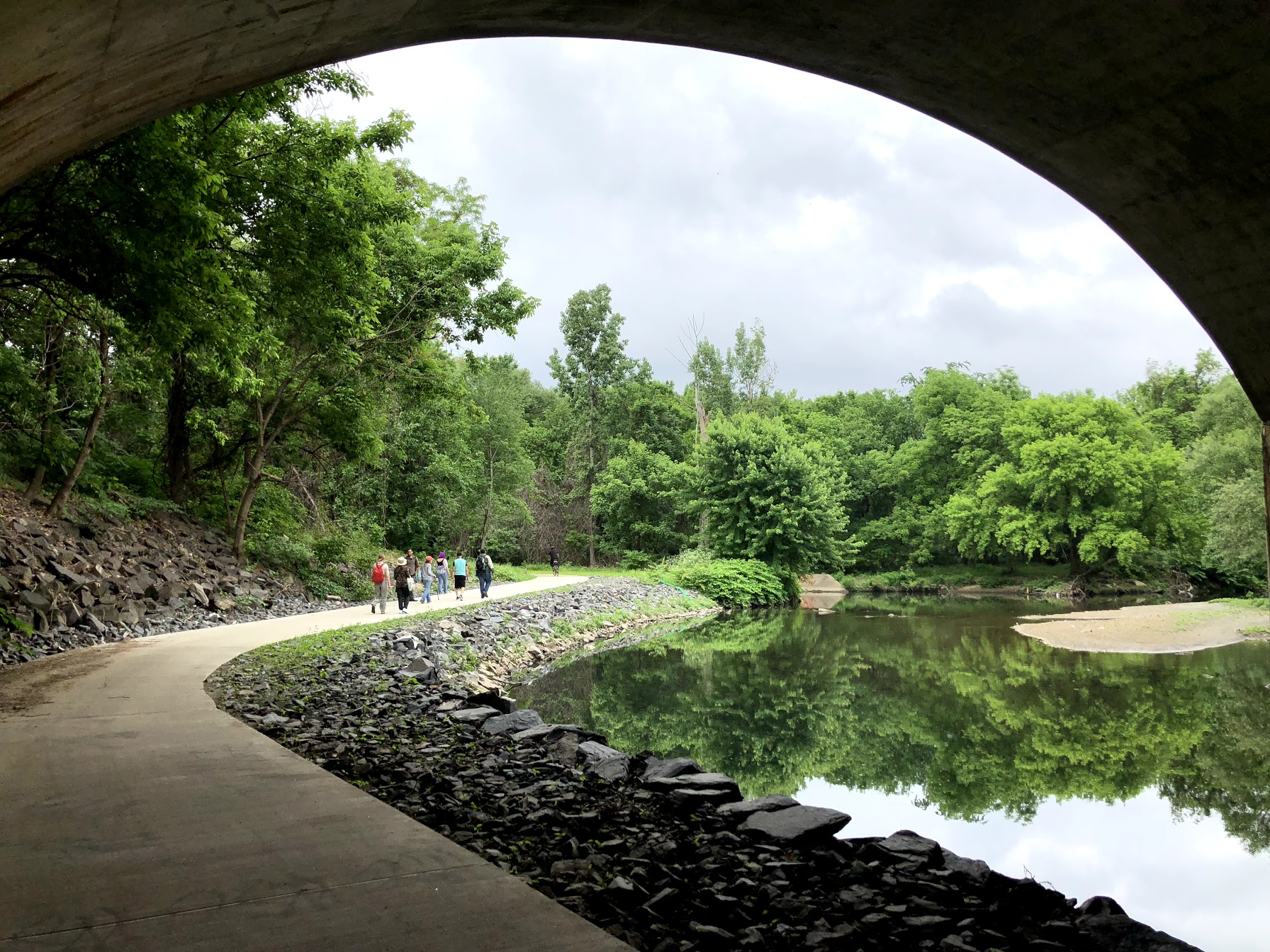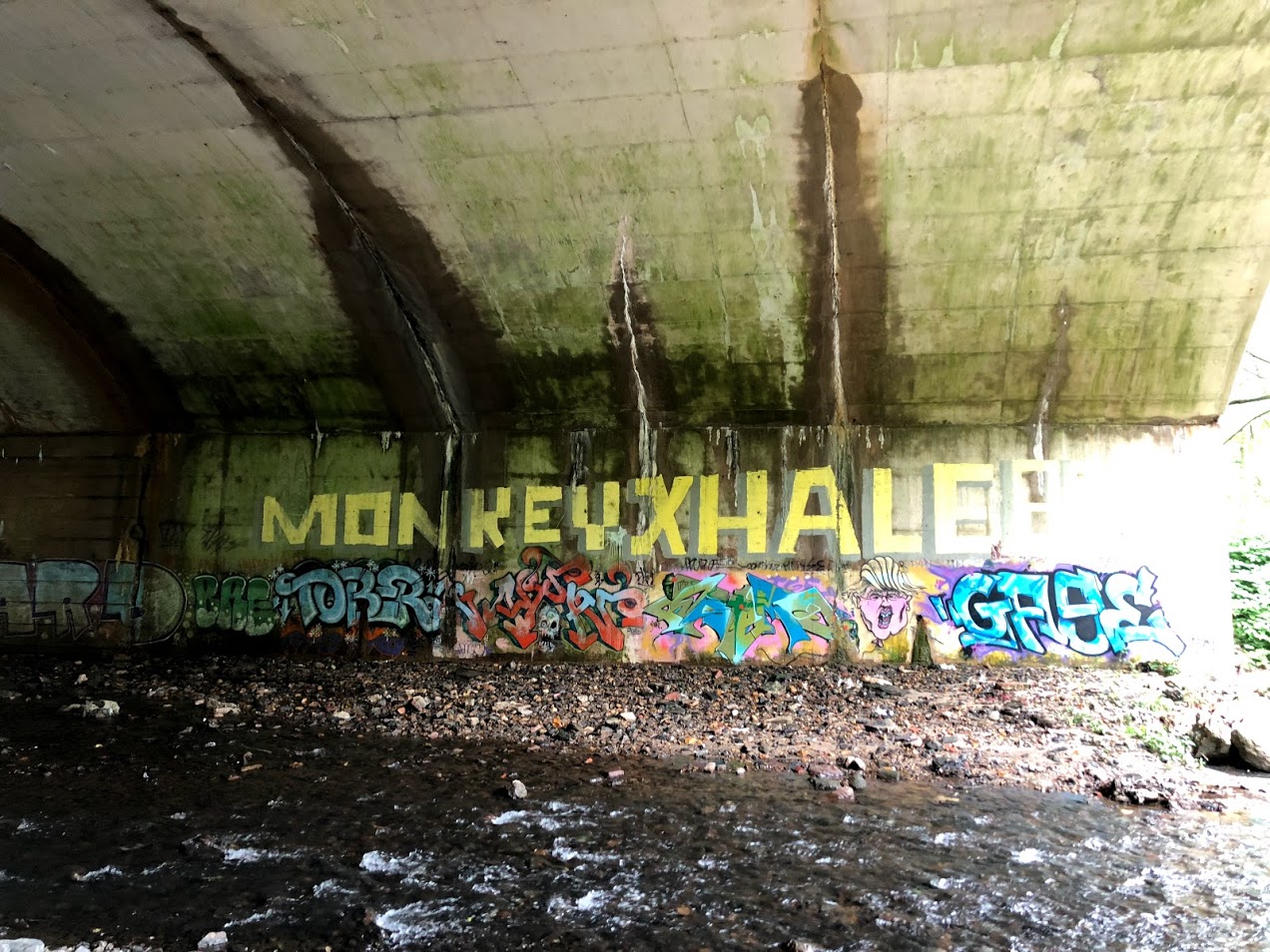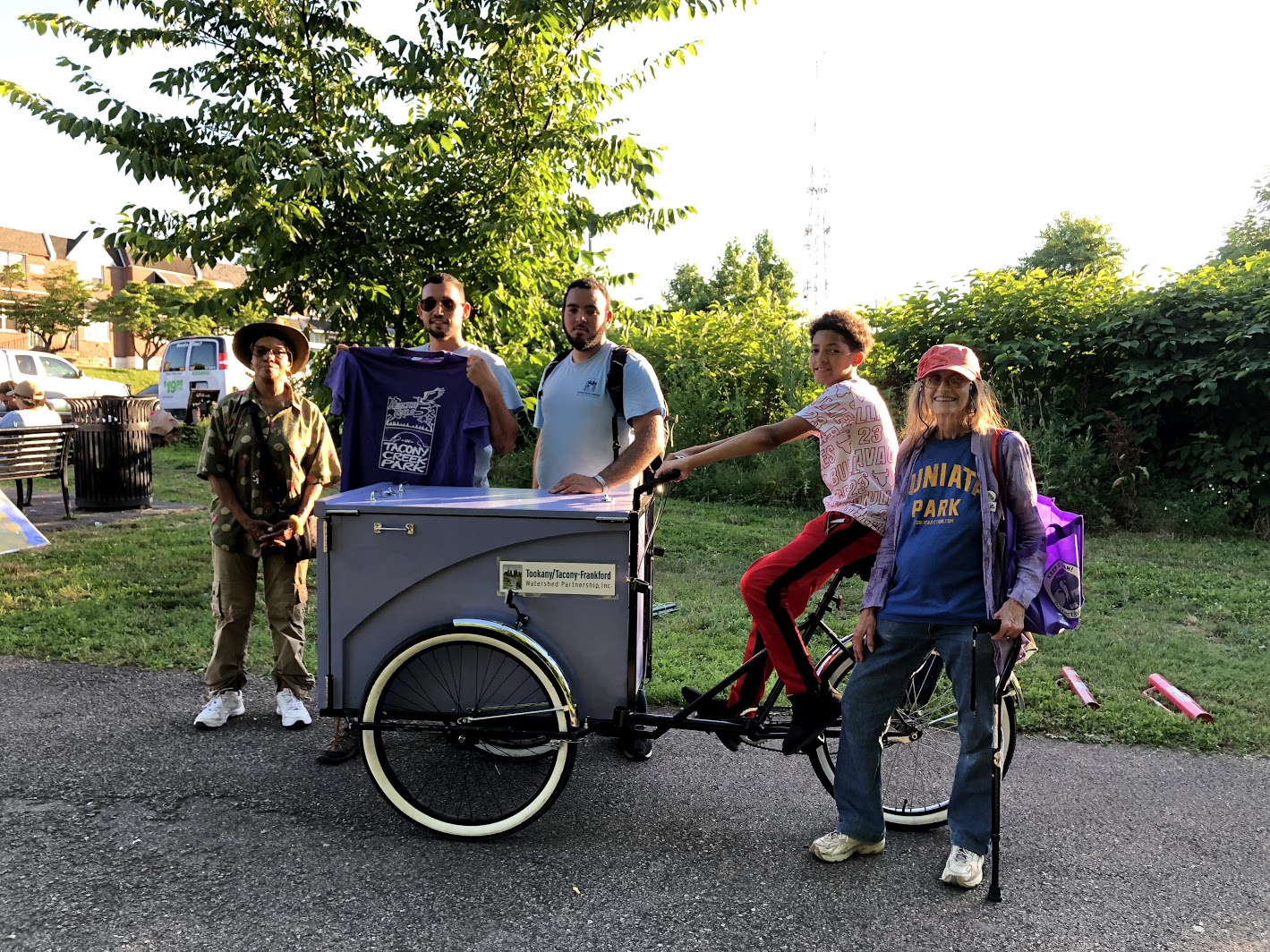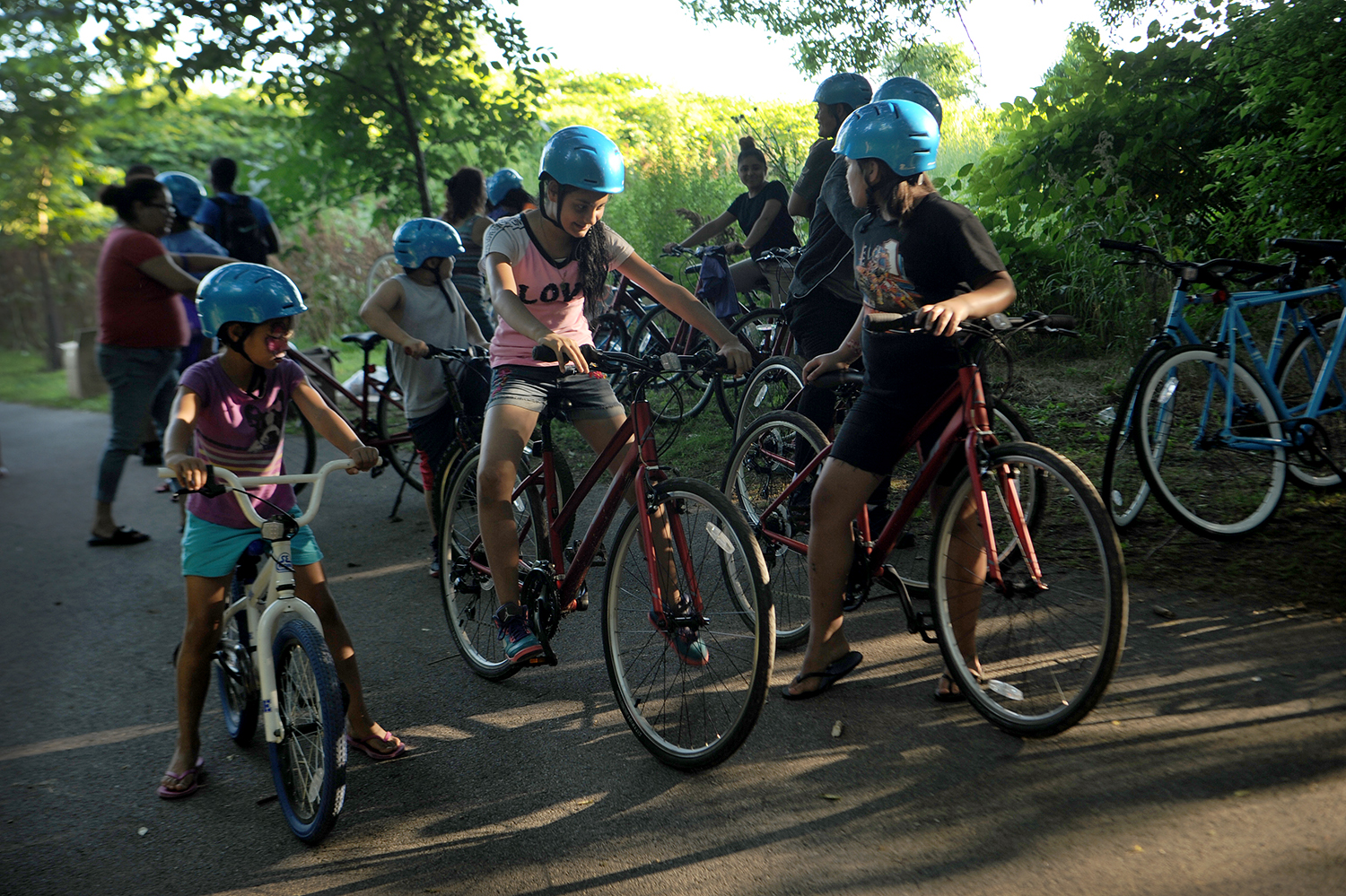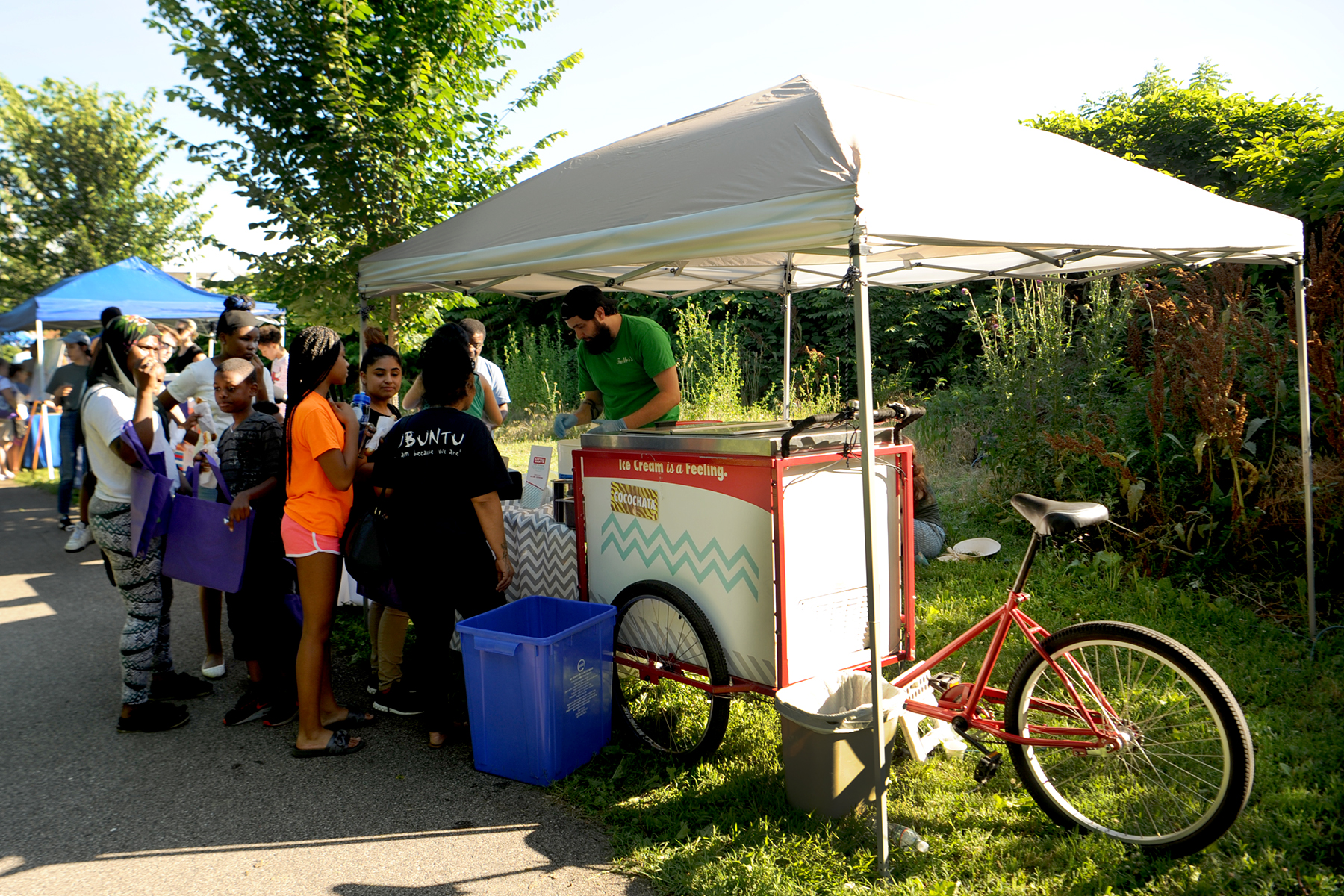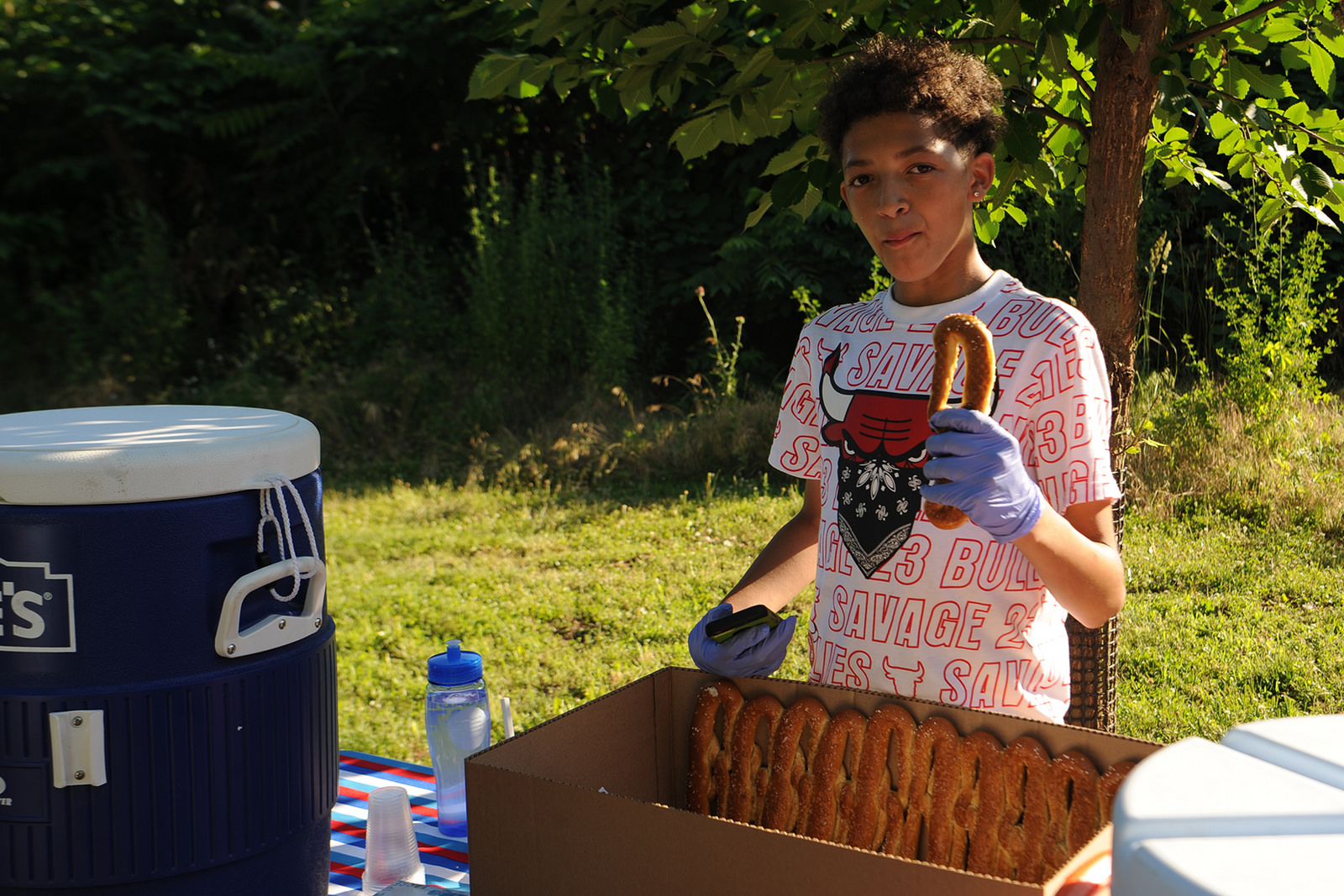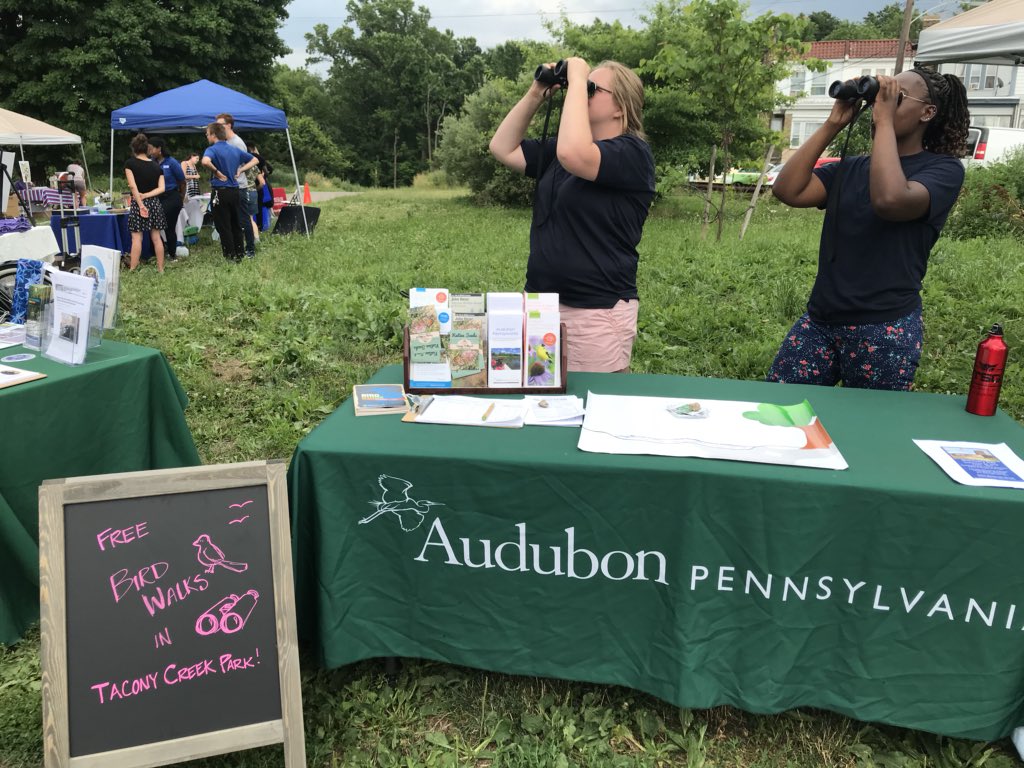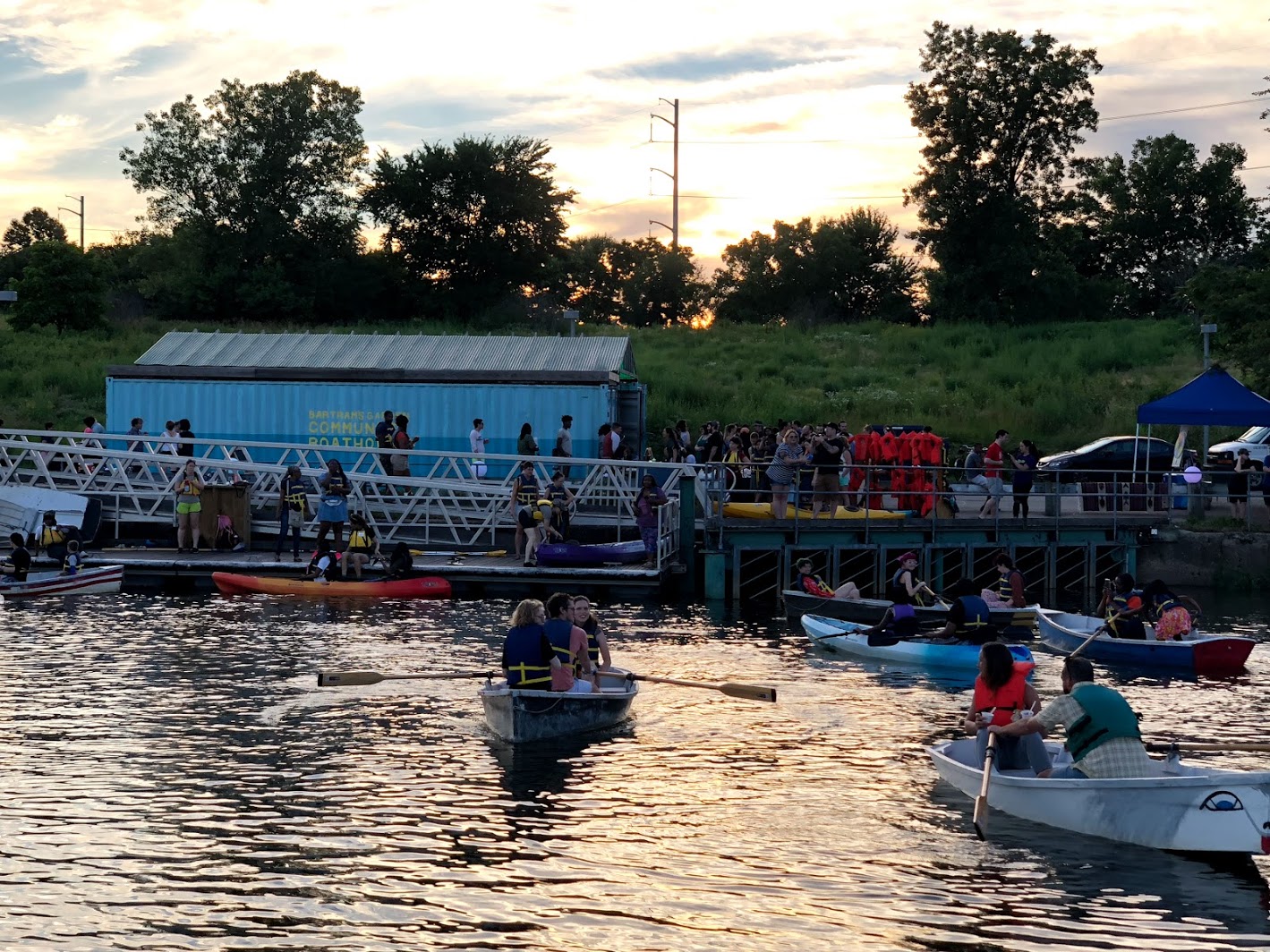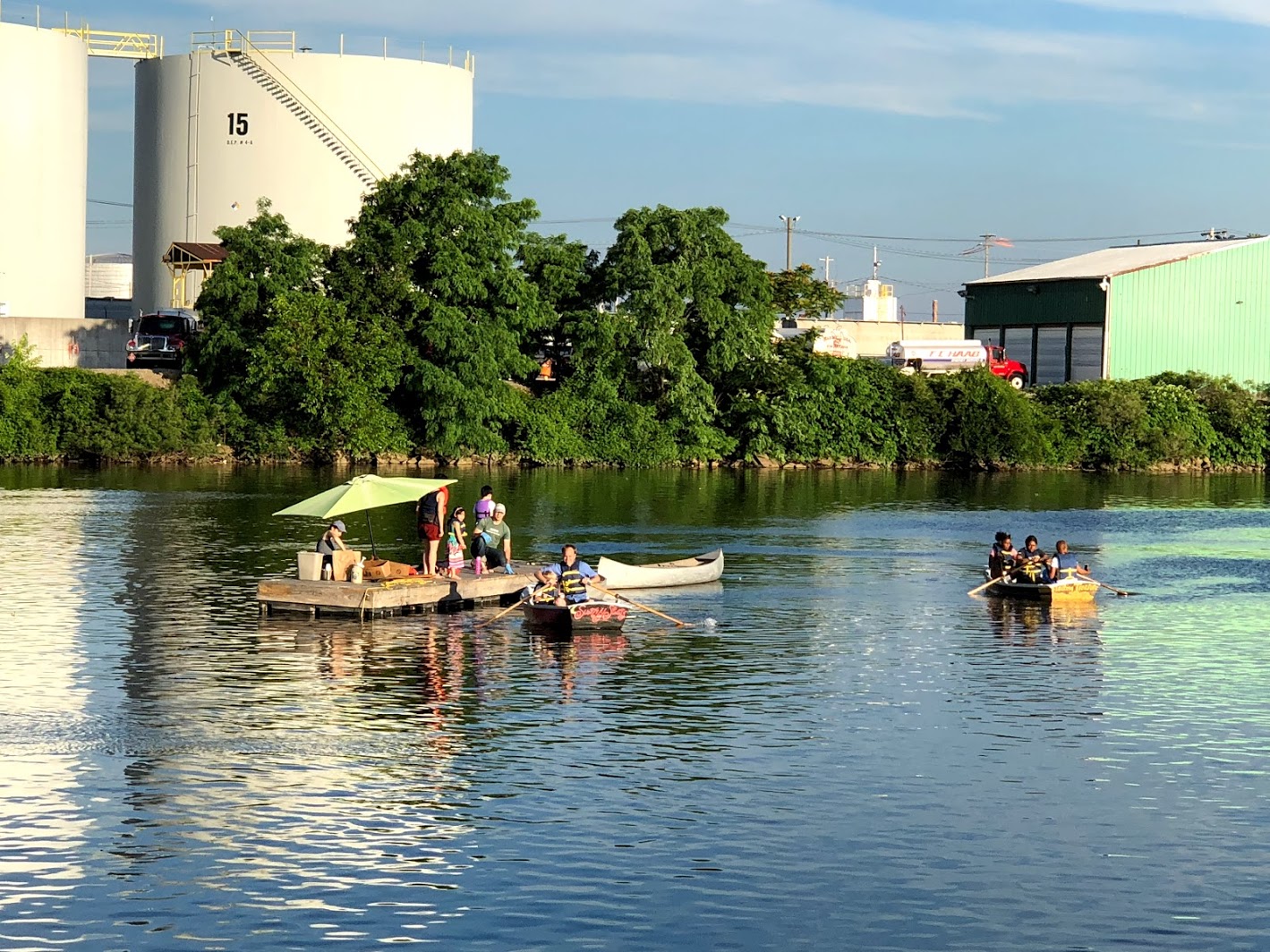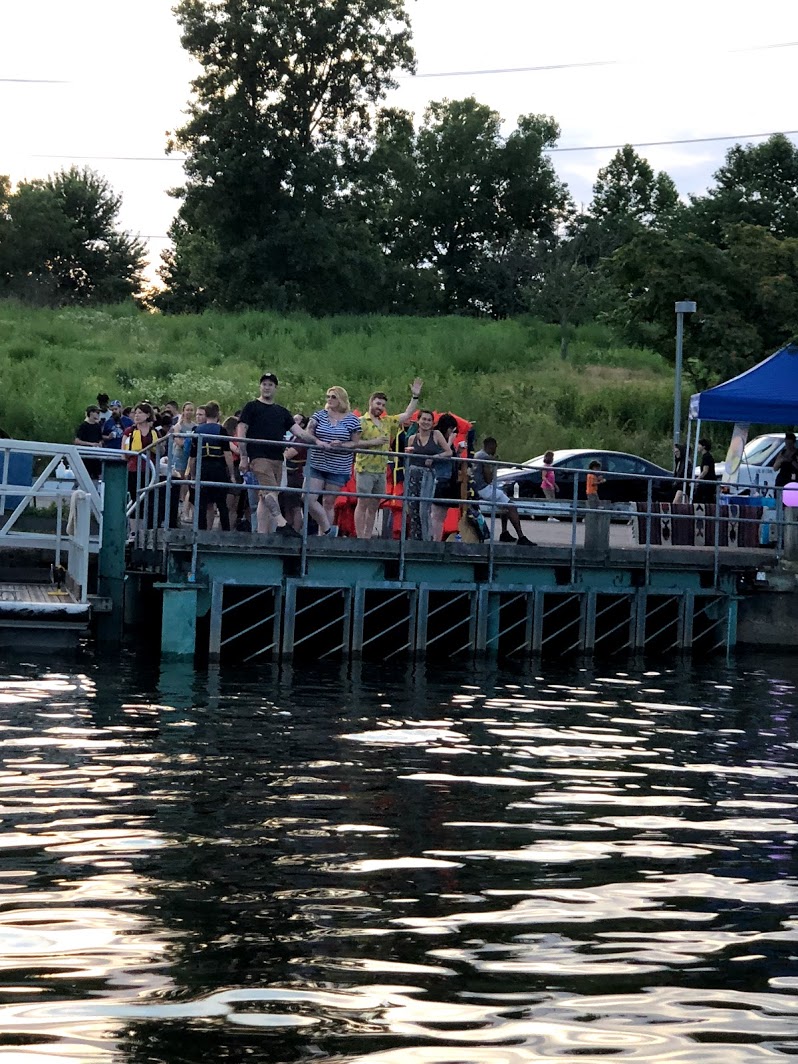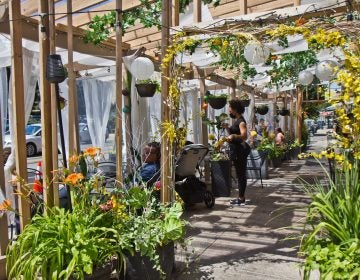Make no little pints: Bringing taste and memory into community storytelling with Watershed Ice
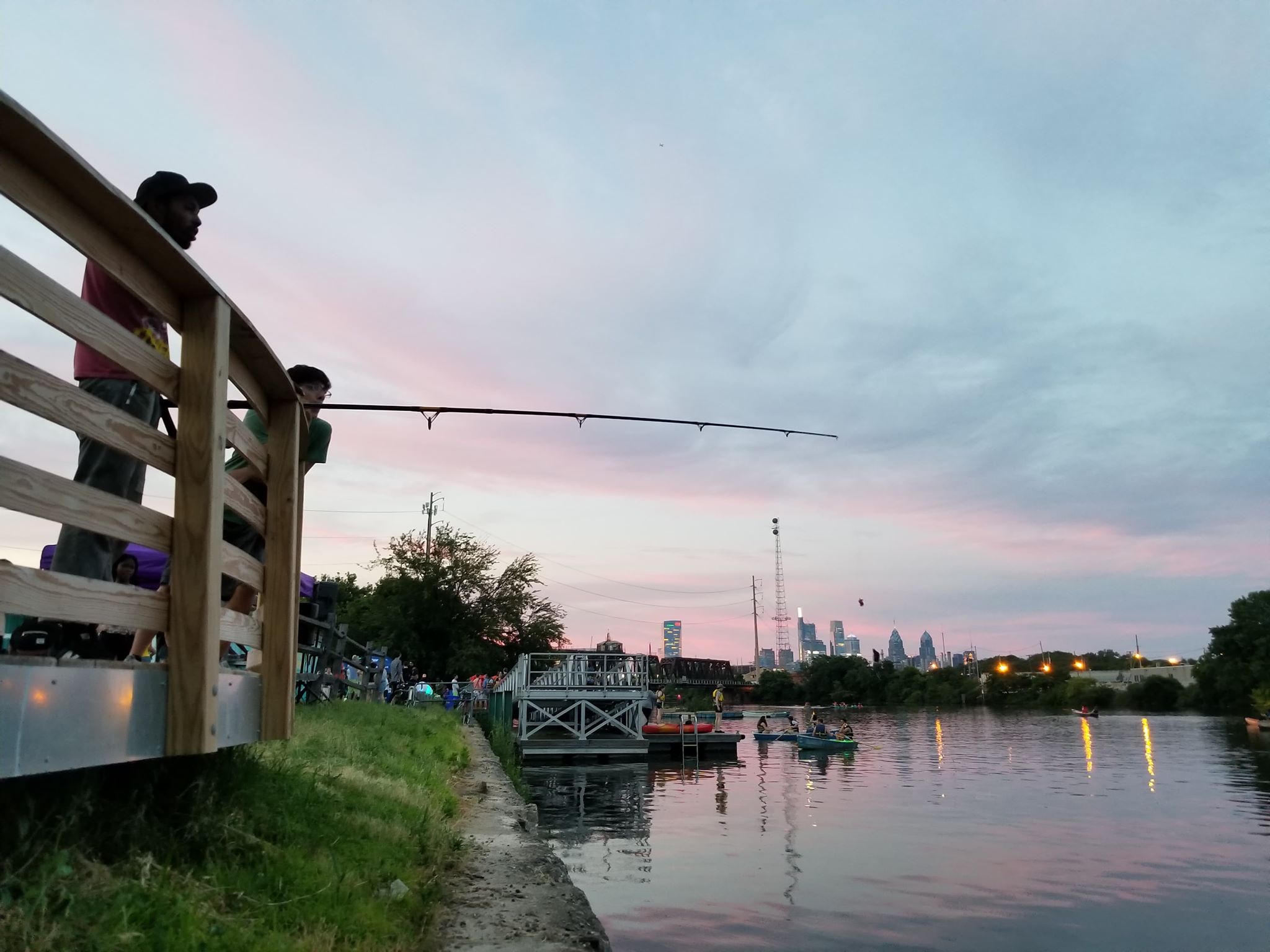
What’s the next level of community reporting?
For many, printed text and visuals make complex issues clear. Others absorb information best with audio and video. And the internet brings news to screens we touch.
PlanPhilly decided to bring stories to life by tapping into another sense, taste, as well as memory.
We focused on two public parks: Tacony Creek Park in the Lower Northeast and Bartram’s Garden in Southwest. PlanPhilly worked with Little Baby’s Ice Cream, the Tookany/Tacony-Frankford Watershed Partnership (TTF), Bartram’s Garden, and the Circuit Trails to understand the essence of these culturally distinct places and tell their stories using traditional and new ways of spreading information. And we consulted longtime residents to identify the flavors that best represent the demographics, environmental heritage, and immigration patterns that shape their neighborhoods. Out of this unique collaboration, two water ice flavors were born: Cocochata for Tacony Creek Park and Bissap for Southwest Philadelphia.
Naturally, it had to be called Watershed Ice. The flavors were unveiled last week during two signature events in the communities that celebrated the parks.
The conversations that resulted in Watershed Ice started in October 2017. The challenge was to take something vast and comprehensive and bring it down to how it affects us at the community level.
In this case, that vast thing is the intricate networks of neighborhoods and watersheds in Philadelphia. The city itself is in the Delaware River Watershed, within which there are seven sub-watersheds. Tacony Creek Park, not surprisingly, is situated in the Tookany/Tacony-Frankford Watershed. Bartram’s Garden is situated in the Schuylkill Watershed.
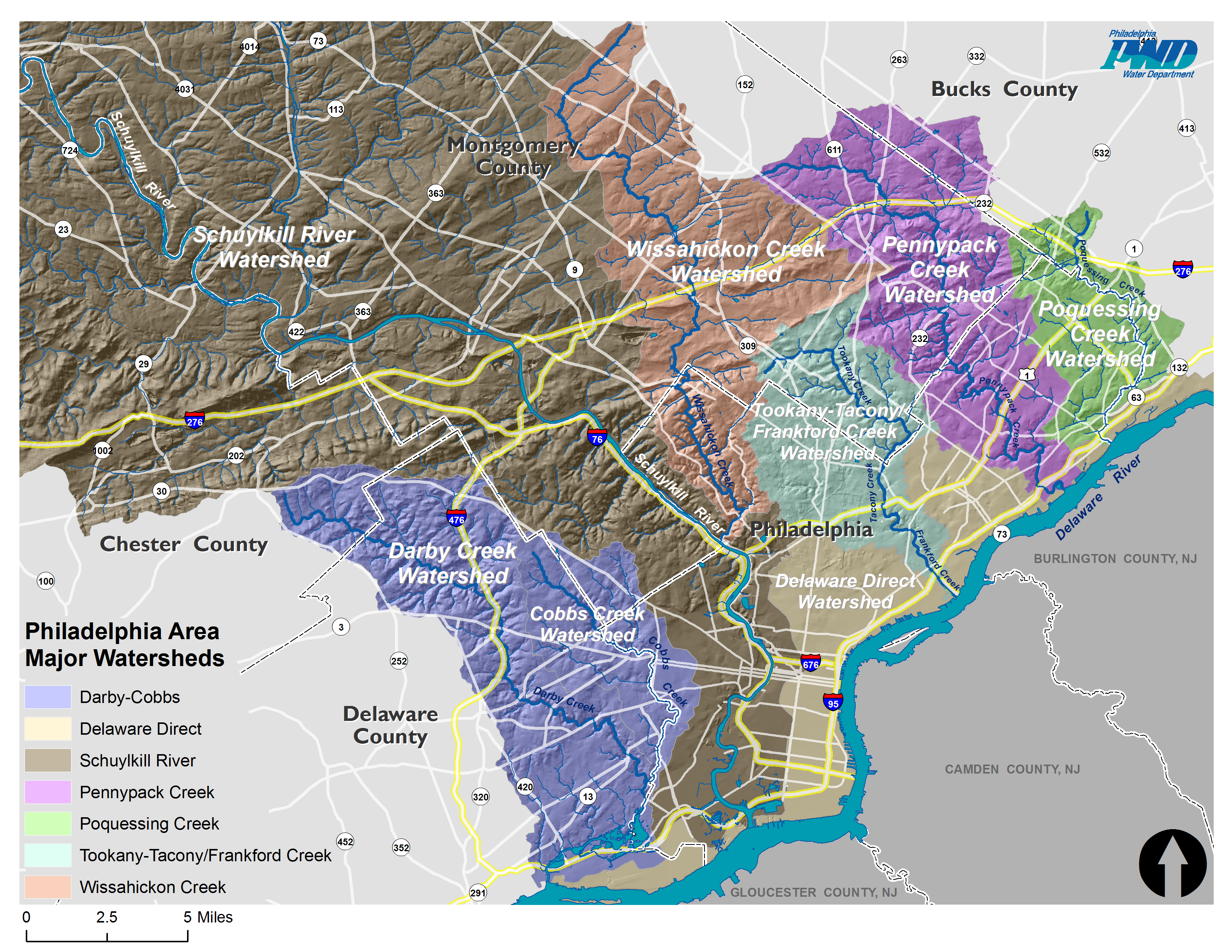
Ask an everyday Philadelphian (not one who works in watersheds, planning, or sustainability) which watershed they reside in, or the source of the tap water in their neighborhood, and you’ll likely get a blank stare. This is information that everyone deserves to have, yet it is, quite frankly, not at the top of everyone’s must-read list.
So PlanPhilly went straight to the source, to the neighbors and stewards who use these spaces and this water, to learn and then report back.
The Tacony Creek Park Keepers took us on a rigorous walk through their backyard. In just a few short hours, we walked the linear park through Frankford, Juniata, Feltonville, and Olney. The neighbors shared what they loved about this secluded greenway: spectacular birdwatching; a reprieve from cars and pavement; fresh air; and recreational activities appropriate for all ages.
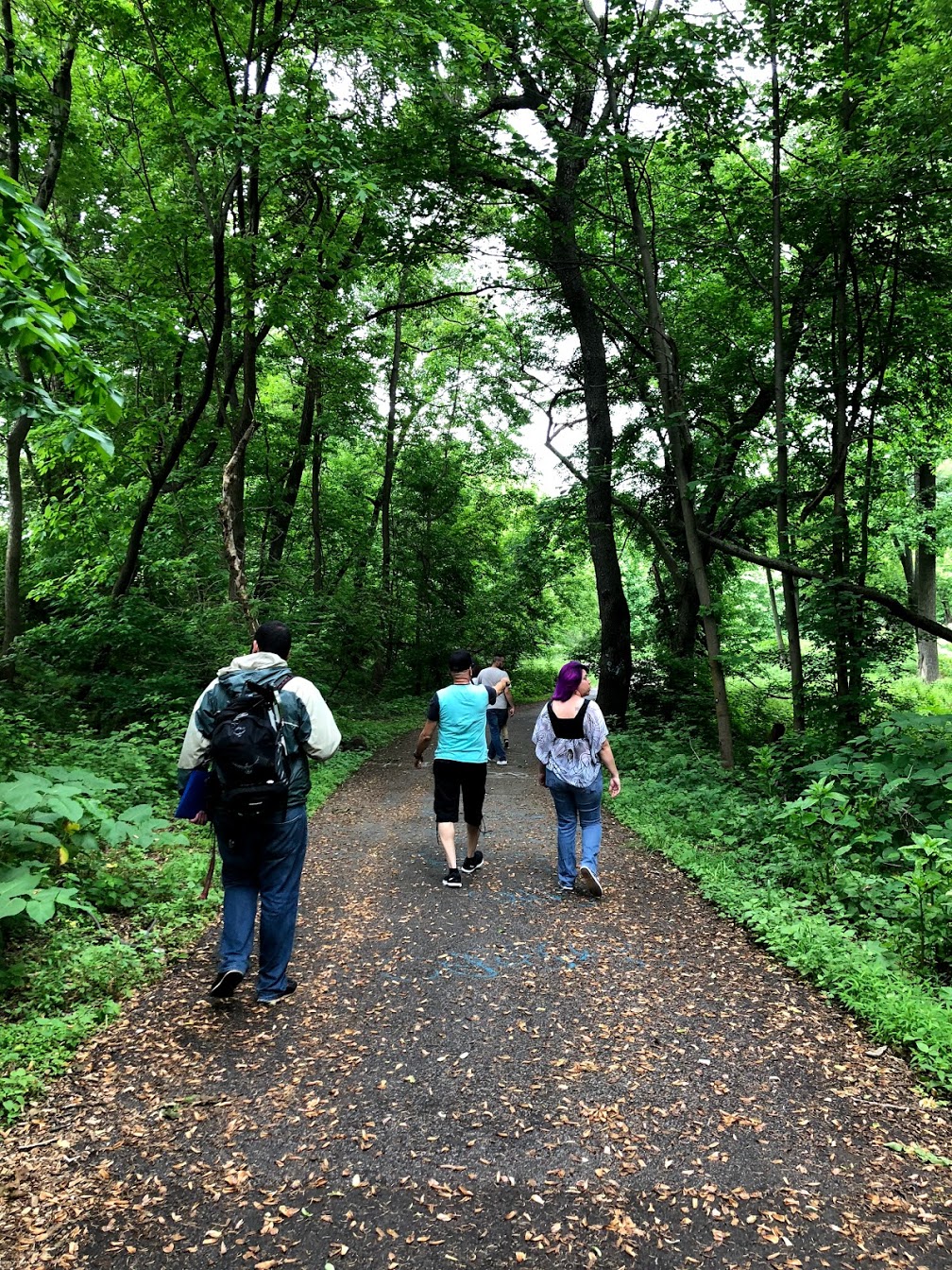
They also shared the issues the park faces today: a lack of lighting, benches, bathrooms, and informative signs, among other amenities. Many of these issues are not unique to Tacony Creek Park. PlanPhilly contributor Meir Rinde reports that “users of city parks and playgrounds cite the lack of restrooms as a major source of frustration, along with the poor conditions and the limited available hours of the facilities that do exist.” These make it “particularly difficult for certain groups of people, like the elderly, to use parks,” Rinde writes.
Robin Irizarry, TTF’s watershed coordinator, said litter and illegal dumping are big issues — as is swimming in the creek, which is actually a sewer. On our tour, the Keepers expressed the familiar sadness of hearing about drownings in the creek, an “all too frequent occurrence,” 6ABC described it in 2015, “as the summer muggy days descend upon us, and the creeks, streams and rivers begin to look inviting.”
Dirt bikes and ATVs, which are illegal to ride on any street, sidewalk or pathway in Philadelphia, whiz through the park, leaving behind fresh tracks that can lead to mudslides. Some of the Keepers say the lack of lighting and consistent law and litter enforcement, coupled with the presence of the dirt bikes, makes the park seem uninviting and unsafe.
The community celebrated a $1.4 million milestone in June, the completion of the first phase of the Frankford Creek Greenway, a 1.2-mile piece of trail that connects the East Coast Greenway, a national trail stretching from Maine to Florida, to Frankford. The city also marked the completion of Tacony Creek Trail’s Phase 2, which connects the two halves of Tacony Creek Park with a new 0.3-mile pedestrian trail under Roosevelt Boulevard. The Tacony Creek Trail itself is a 3.2-mile paved route that follows its namesake creek.
To help us achieve our tastier objectives, TTF circulated a flavor survey at a recent Keepers meeting. The majority of the suggestions favored tropical flavors, fitting for both the Latino and Asian communities that live in the park’s environs. Top contenders included chili, lime, and dulce de leche. One maverick suggested buffalo chicken. That was not so well received, Irizarry said.
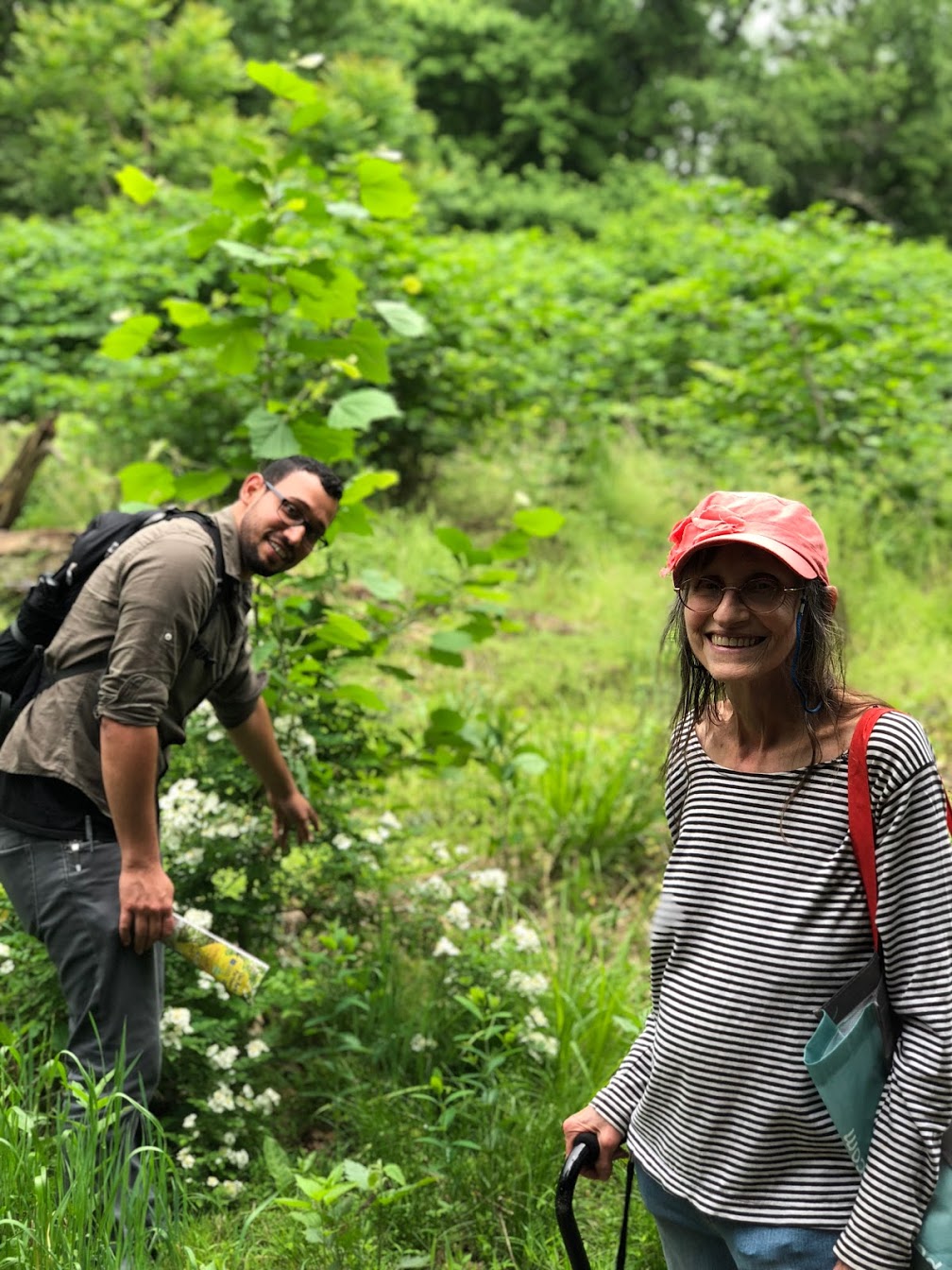
The winning ingredients were coconut and horchata, a rice-based drink. Judy Mackey, one of the Keepers, coined the name Cocohata.
At the Tacony Creek Park block party, community members tasted Cocochata.
James Megron, who passed out pretzels and water at the block party, took a moment to share with us the significance of Tacony Creek Park for him as we enjoyed some refreshing Cocochata Watershed Ice.
Meet James Megron, who has been volunteering w/ @TTFWatershed for 5 years. As he’s grown up & learned more about Tacony Creek Park, his perspective on litter & public space stewardship changed. James took a moment to share w/ us using the @WHYYNews Listening Post. #watershedice pic.twitter.com/KOnB1FU7Ry
— PlanPhilly (@PlanPhilly) June 25, 2018
For Douglas Pickett, an environmental advocate, the flavors were perfectly on point with the community he was working with that day.
Meet Douglas Pickett! We chatted with Douglas during the @TTFWatershed Block Party, where he tasted the Cocochata #WaterShedIce and shared his thoughts using the @WHYYNews Listening Post. Thanks for talking with us, Douglas! #planphillylistens #onthecircuit #discoverTCP pic.twitter.com/4fbQTWCcCv
— PlanPhilly (@PlanPhilly) June 22, 2018
For Anysia Rodriguez, the coconut and horchata brought her back to a childhood favorite, limber, a classic Caribbean coconut ice cream.
“I feel like whoever tasted it today in the community, [it] really brought them back to limber. Coconut ice cream limber, back in the day, going in the street…that’s what it reminded me of.” -Afro-Latino Fusion Art Exhibition's Anysia Rodriguez tastes Cocochata #WatershedIce pic.twitter.com/DaVg5O2UlL
— PlanPhilly (@PlanPhilly) June 21, 2018
Next, we headed over to Southwest. To determine the right flavor for this part of the city, we worked with the students at Sankofa Community Farm at Bartram’s Garden. Many of the students had worked for several years on the farm, seeing the fruits of their labor grow over the seasons. Sankofa celebrates food sovereignty, with produce that tells the story of Southwest and the African Diaspora.
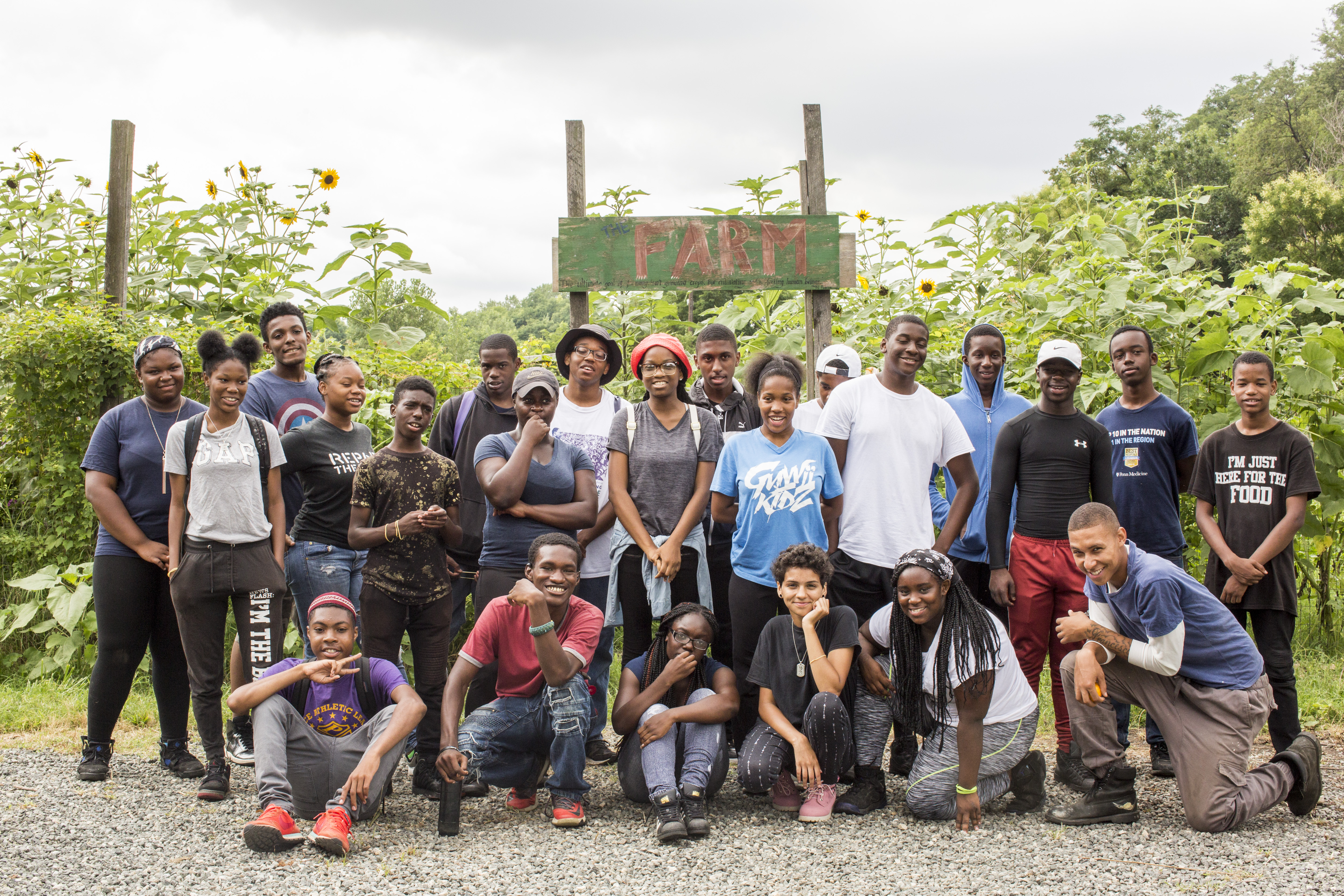
Given the high population of African immigrants in Southwest, the students concluded that a flavor associated with that heritage would best represent the community.
And, we discussed with some excitement, how that combo, that ”one big flavor,” would “literally be the Diaspora.”
Which led us to Bissap, a traditional African Caribbean tea made of hibiscus flowers, ginger, and sugarcane. Commonly known as sorrel, Sobolo, or agua de Jamaica, Bissap has been credited as the origin of “soul food’s most iconic beverage.” It is the national drink of Senegal, a must-have at Christmas in the Caribbean Islands, and a staple in many Southwest Philly homes.
Little Baby’s pulled the technique and ingredients from how one student’s mother made the drink that would become the winning Watershed Ice flavor.
Bissap came out on the official first day of summer, June 21, during Bartram’s Garden’s solstice community rowboating celebration.
Of course, who could resist having Watershed Ice on the water? PlanPhilly traveled by rowboat over to the floating Watershed Ice parlor on the Schuylkill, where we met others who boated out for the treat.
Getting a sense of place from the people who inhabit it hearkens back to the philosophy of Daniel Burnham, who is recognized as a founding father of modern urban planning. He was an early advocate of parks and open space and their role in fostering community. Increasingly in the 21st century, that’s evolving to mean giving people a role and a say in shaping the fate of where they live. It’s a high bar, but reaching for it can result in a better understanding of how all the comprehensive, complicated parts of a city connect — both ideally and in the real world.
In the Watershed Ice project, that connective tissue was the parks and the network of trails (the Circuit Trails) that link neighborhoods with public spaces. But we did not want this project only to live online or on the air waves. Watershed Ice began with the parks and ended at the parks — as well as with the memories that inspired the flavors and the memories the flavors evoked in those who tasted the treats.
As Burnham famously said:
“Make no little plans; they have no magic to stir men’s blood and probably themselves will not be realized. Make big plans; aim high in hope and work.”
To which we say:
“Make no little pints for retail; they have no magic to stir people’s imaginations in the public spaces that inspired the flavors. Make big scoops and give them away for free in neighborhood!”
Where to next, Philadelphia? PlanPhilly will continue to explore different ways to shed light on the communities that we report on.
Watershed Ice was a limited-edition product, but the parks and those who use them are open to future community-engagement suggestions. Get in touch at dlu@whyy.org.
Philadelphia Watershed Ice is a project of WHYY’s PlanPhilly, Little Baby’s Ice Cream, Bartram’s Garden, the Tookany/Tacony-Frankford Watershed Partnership, and the Circuit Trails. PlanPhilly contributor Peak Johnson and WHYY’s Erin Reynolds operated the WHYY Listening Post.
WHYY is your source for fact-based, in-depth journalism and information. As a nonprofit organization, we rely on financial support from readers like you. Please give today.

